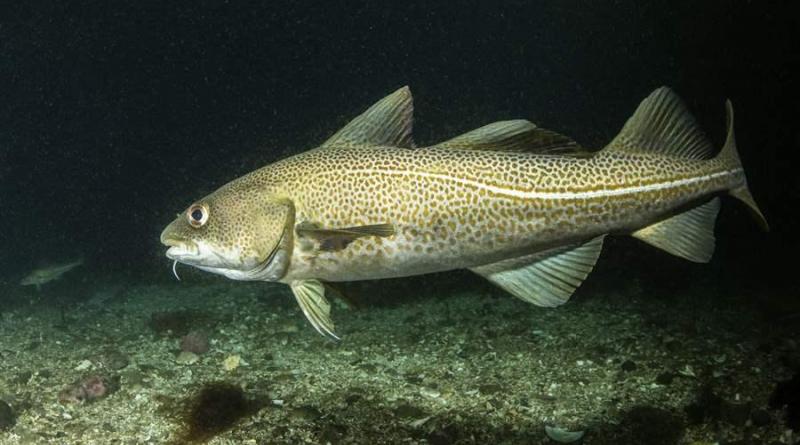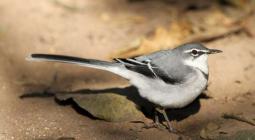Climate change is making marine species migrate towards the poles faster than those on land.

Rising temperatures, shifts in precipitation patterns, and changes in vegetations, all direct effects of a warmer world, are changing the range and distribution of many species — they are now forced flee from their normal habitats to find more suitable places.
This doesn’t occur equally for all species. Marine species are actually moving to the poles six times faster than those on land, according to a recent meta-analysis that compared over 30,000 habitat shifts in more than 12,000 species.
Land species are moving closer to the poles as the planet heats up but this shift is “at a pace that is much slower than expected, especially in areas with warm climates,” the authors wrote. Instead, marine species are following global thermal shifts much closer, they argued.
Marine species were found to move towards the poles at an average pace of six kilometers per year, while land animals showed a pace of almost 1.8 meters per year – which is faster than previous estimates but still much slower than marine species. This might be due to air sensitivity, the authors argue. Air transports heat less effectively than water and land animals can easily regulate their body temperature.
This means marine species are more susceptible to the changing temperatures on the planet due to global warming. At the same time, animals in the water are capable to migrate easier when they have to, while on land the movement of animals is more difficult due to human activities and geography.
When animals are subject to a high degree of disturbances from human activities, the authors found they tended to move against the thermal grain and not with it. This agrees with the general idea that land use and climate change may force species in opposite directions.
“Habitat loss and fragmentation due to land-use changes may impede the ability of terrestrial species to track shifting isotherms,” the authors wrote. “These complex interactions need to be accounted for to improve scenarios of biodiversity redistribution and its consequences on human well-being.”
The fact that marine life is following temperatures changes more closely could have big repercussions, some of which the world has seen before, the authors argued. During the Permian-Triassic Extinction, the most calamitous event in Earth’s history, very few marine organisms stayed in the same habitat as oxygen levels declined.
Today, animals are already swimming towards the poles and are at risk of running out of cooler water, competing with each other. This is happening on land too, with animals going up in the mountains. But in the water, this phenomenon seems to be happening faster, according to the researchers.
“Commercial fishing may speed up the displacement of marine species distribution through resource depletion and population crashes at the trailing edge, whereas low constraints on dispersal in the oceans may allow marine species living close to their upper thermal limits to better track climate warming at the leading edge,” the authors predicted.
The study was published in the journal Nature Ecology & Evolution.
1 June 2020
ZME SCIENCE



